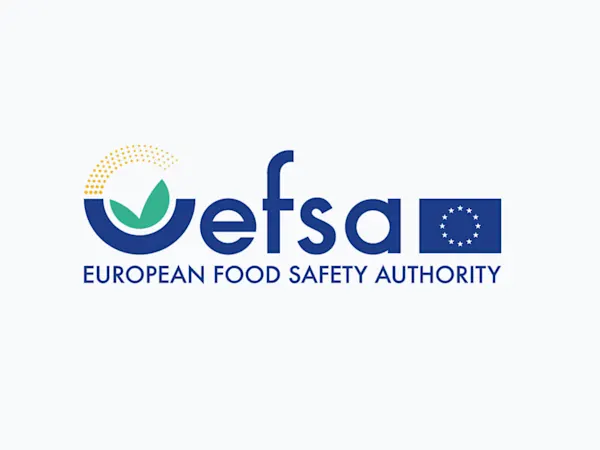
ChemSec Adds Neurotoxicants to SIN List in Landmark Step for EU Chemicals Regulation
ChemSec updates the SIN List with neurotoxicants, spotlighting brain-damaging chemicals and urging EU regulators to act swiftly on these hidden threats.


A new review by the Environment Agency, published in May 2025, underscores critical knowledge gaps in the monitoring and regulation of airborne per- and polyfluoroalkyl substances (PFAS) in England. The findings, focused on emissions from industrial sources, have broad implications for professionals in manufacturing, waste management, and regulatory compliance across the chemical supply chain.
The scoping review centred on three representative substances—Perfluorooctanoic acid (PFOA), 6:2 Fluorotelomer alcohol (6:2 FTOH), and EEA-NH4, a newer replacement compound used in fluoropolymer production. The report reveals that only three UK-based studies have measured PFAS concentrations in outdoor air, highlighting a stark data deficit.
Notably, airborne concentrations of PFOA at Hazelrigg, a site downwind of a fluoropolymer facility, have dropped significantly since 2005–06. The decline is attributed to both regulatory restrictions and the installation of emissions abatement systems.
The review points to the complexity of sampling airborne PFAS, which can exist in both gas and particulate forms. FTOHs are predominantly found in the gas phase, while PFOA tends to adhere to fine particles, complicating accurate measurement.
There are currently no standardised UK methods for monitoring or analysing these substances, a gap which the report identifies as a regulatory priority. The Environment Agency warns that without consistent protocols, efforts to assess industrial emissions and environmental exposure remain fragmented and unreliable.
Although ingestion remains the primary exposure route, airborne PFAS deposition onto land and water bodies can contribute to long-term environmental contamination. The review suggests that sea spray and other resuspension mechanisms may reintroduce PFAS into the air, compounding exposure risks.
The findings are significant for stakeholders beyond the manufacturing sector—including those in environmental consultancy, waste processing, and regulatory compliance—who depend on robust monitoring data to inform risk management strategies and meet evolving legal obligations under UK REACH.
Foresight continuously tracks 1000s of sources and maps updates to your portfolio:




ChemSec updates the SIN List with neurotoxicants, spotlighting brain-damaging chemicals and urging EU regulators to act swiftly on these hidden threats.

EFSA launches consultation on updating its Weight of Evidence and Biological Relevance guidance, aiming to streamline chemical risk assessment practices.

OECD’s new chemical data sharing guide promotes fair access, transparency, and regulatory alignment—helping companies reduce duplication and meet compliance obligations globally.
Subscribe to Foresight Weekly and get the latest insights on regulatory changes affecting chemical compliance.
Free forever. Unsubscribe anytime.
Read by professionals at